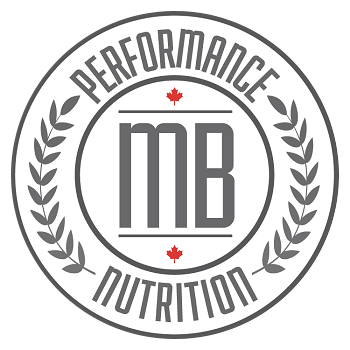Last updated on January 11th, 2024
As I’ve previously written about, nutrition for OCR athletes is not static. Your nutritional requirements will fluctuate throughout the year as you go through each of the training cycles. The training cycles vary in specificity, volume and intensity, which means general nutrition requirements for each cycle also vary. Today I am focusing on fueling for the build cycle.
What is the Build Cycle?
The build cycle, or intensity cycle, is the 8-12-week pre-race cycle that focuses on improving VO₂ max and lactate threshold. Training usually includes hill repeats along with strength training with heavier weights and fewer repetitions to emphasize explosive power. This is the part of your training that emphasizes OCR-specific speed and technique.
If your peak race is in the summer, this training cycle will take place during late winter and early spring. As your race approaches, your training intensity will increase but your workouts will become shorter. Your overall training volume will decrease. High-intensity training is essential but so is adequate recovery from these training sessions.
Fueling for the Build Cycle
To recover from the higher level of training during the build cycle, your calorie intake must increase. Failure to take in adequate nutrition could result in insufficient recovery, compromised lean body mass and decreased energy.
By consuming enough calories to meet the demands of your increased training, you will also develop your ability to handle lactic acid.
Keep in mind that speed sessions will deplete your muscle glycogen much faster than slow, steady training sessions. Even your active recovery sessions should be adequately replenished.
Carbohydrate, protein and fat needs all increase during the build cycle, and will be higher than any other time of the year. Because of the stress placed on your muscles during these high-intensity training sessions, adequate protein must be consumed. Time your protein intake properly before and after intense weight training sessions.
While you need to consume more calories and nutrients during the build cycle, you should still focus on healthy, whole food choices. You do not need to eat junk food and treats to hit your macronutrient targets.
During the build cycle, men could need anywhere between 3,000 and 5,000 calories depending on their size and the level of intensity and duration of training. Women could need between 2,000 and 4,000 calories.
It is important to become familiar with well-chosen, wholesome carbohydrates as they will make up most your caloric intake. On some training days, the amount of fuel you require may exceed your appetite, but it’s crucial that you don’t under eat. At these times, focus on carbohydrate-rich foods that are easy to digest.


